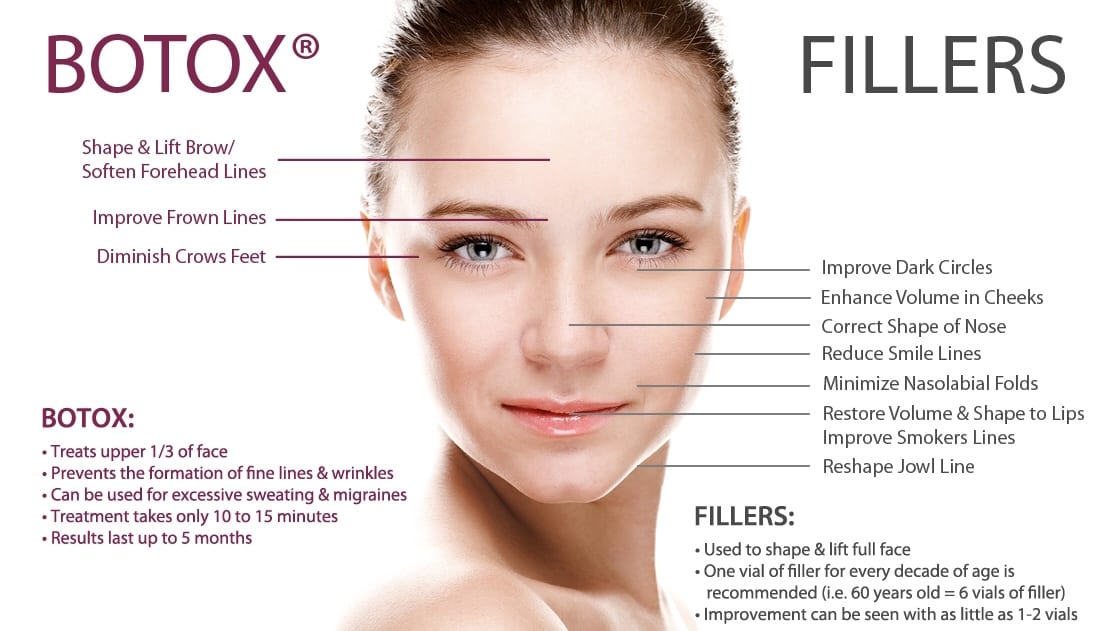Unboxing the World of Botox: What You Need to Know

Botox, a term that has intertwined with the beauty and medical industries, is often surrounded by a mixture of curiosity, myths, and facts. This article aims to provide a clear understanding of what Botox is, its uses, benefits, and considerations, especially for those contemplating this popular treatment.
What is Botox?
Botox is the trade name for a substance injected into the skin known as botulinum toxin. Despite its intimidating scientific name, when used correctly and in small doses, it serves various therapeutic and cosmetic purposes. Botox is best known for its effectiveness in reducing the visibility of facial wrinkles and fine lines.
The Functionality of Botox
Botox functions by halting muscle movement temporarily. It achieves this by inhibiting the communication between nerves and muscles in the injected areas. With the disruption of these nerve signals, the targeted muscle becomes relaxed or temporarily inactive. In the realm of cosmetic procedures, this leads to a reduction in the appearance of facial wrinkles and lines, notably on the forehead, around the eyes, and between the eyebrows.
Therapeutic Applications of Botox
Aside from its well-known cosmetic uses, Botox serves various medical purposes. It is applied in the treatment of several health issues that impact bodily functions. These treatments cover conditions like persistent migraines, severe underarm sweating (known as hyperhidrosis), disorders of bladder control, and specific ailments involving the muscles of the eyes. By relaxing the muscles, Botox can offer substantial alleviation from these medical conditions.
The Botox Application Process
The process of applying Botox is swift and involves minimal invasion. This entails the injection of tiny doses of botulinum toxin directly into specific muscles using a thin needle. Generally, this procedure is brief, spanning just a few minutes, and usually, anesthesia is not necessary. The associated pain and discomfort are typically minimal, commonly likened to a minor pinch.
Results and Healing Post-Botox
Following the administration of Botox injections, one can usually start to see changes within a few days, although achieving the complete result might require up to a week. The visible enhancements from the treatment typically endure between three to six months, varying from person to person and according to the specific areas treated. As normal muscle activity slowly resumes, the visible signs of aging, such as wrinkles and lines, will start to reemerge, necessitating subsequent treatments for sustained results.
Botox procedures come with minimal to no downtime, enabling the majority of patients to resume their routine activities right after the session. While some might experience slight bruising or swelling, these side effects are generally short-lived.
Considerations and Safety
While Botox is generally considered safe, it’s important to choose a qualified and experienced professional for the procedure. Potential side effects include pain at the injection site, infection, inflammation, swelling, redness, bleeding, and bruising. In rare cases, it can cause more serious issues such as problems swallowing, speaking, or breathing.
Botox has carved its niche in both cosmetic and medical fields due to its wide array of benefits. Whether it’s smoothing out facial lines, addressing medical concerns, or boosting self-confidence, its versatility cannot be understated. However, like any medical treatment, it requires thoughtful consideration and consultation with a healthcare provider to ensure it’s the right choice for you. By understanding what Botox is and what it entails, you can make an informed decision aligned with your health and beauty goals.
